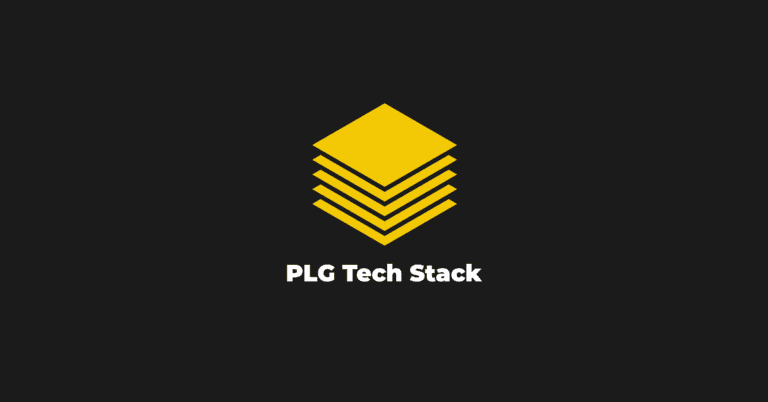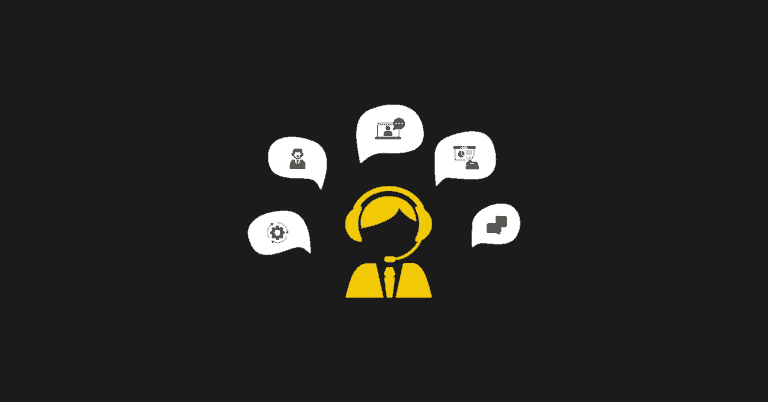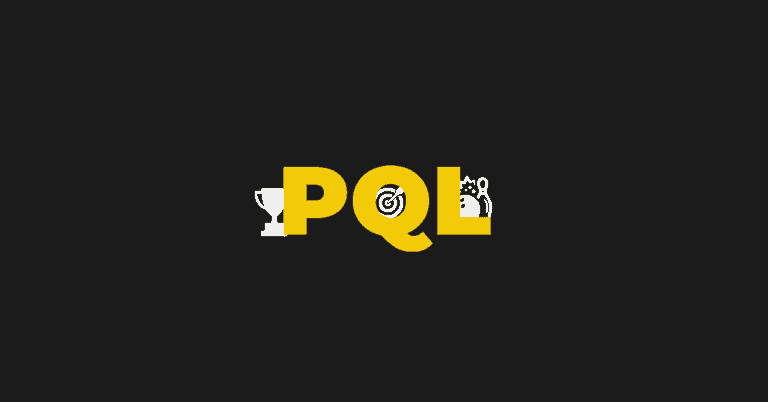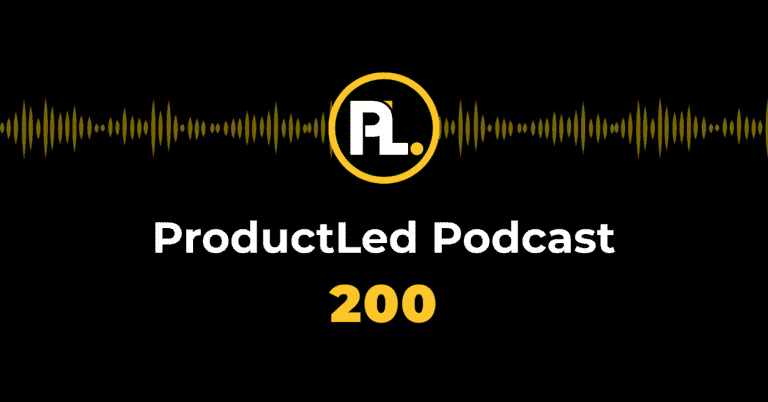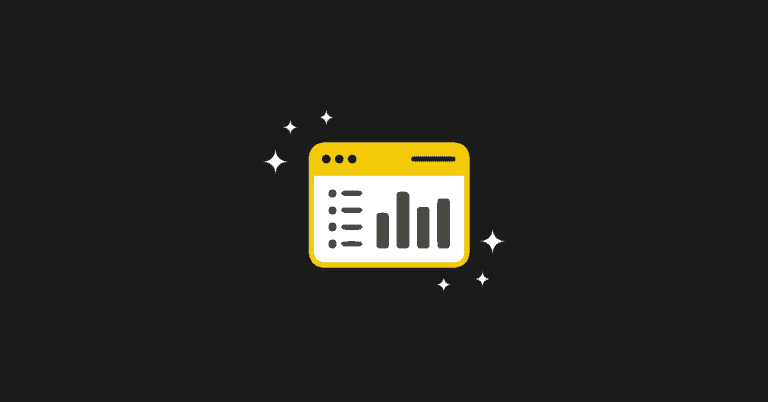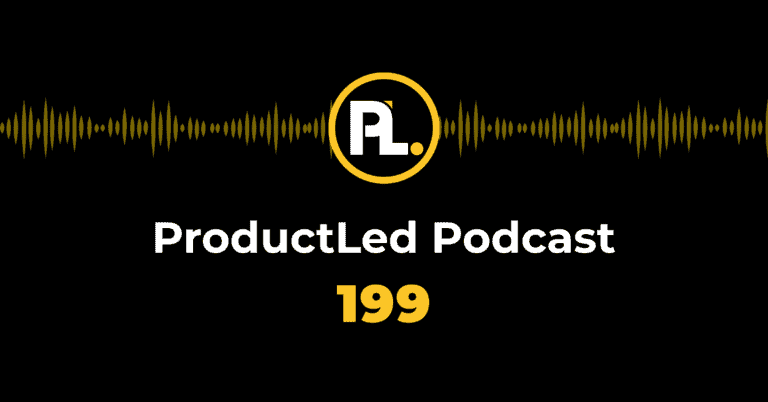Choosing to go product-led from the start was a big decision.
In this article, I’ll share why we chose to follow the path of product-led growth from the start and how we implemented our product-led growth strategy to launch our new app Prehook.
Specifically, I’ll share insights into:
- Competitive analysis
- User research
- How we chose our model
- Challenges of making freemium work
- Our core differentiators
First, a bit about Prehook: it’s an app that prompts interactive quizzes for Shopify merchants.
For example, let’s say you are an ecommerce site that sells moisturizers. When a user comes to your site, a quiz pops up to help identify what users are looking for to increase conversions. The idea is to help merchants create an interactive experience typically seen when you enter a physical store and speak directly to a sales associate.
You’ve probably tried an online quiz before. Sephora, for example, has a skincare finder that helps visitors find the most relevant product.
Warby Parker asks a series of questions to understand the face shape, gender, style, and preferences to offer the most relevant glasses frame.
Prehook quizzes act as a filter while providing key insights to the stores about their shoppers. Once a shopper has filled out the quiz, that info is sent to their Customer Relationship Management (CRM) platform to help build successful campaigns down the line.
Why We Decided On The PLG Model
The PLG model is about showing users what your product can do for them.
Our goal was for our product to be an MVP, and in doing so, it was essential to have a tight feedback loop between our users and the product. Basically, we needed as many people to use the app to gather feedback. This allowed us to adjust the product to the user’s needs so we could truly stand out.
Starting as a product-led organization was the quickest way to understand how we could lead our users to the value of our product.
Freemium is an acquisition model, not a revenue model.
Patrick Cambell, CEO of Profitwell
But we had to do a lot of research to find out what model would work the best for us.
We started with a competitive analysis.
Competitive Analysis
First, we looked at how we fit into similar existing products. To understand fully, the image below is the Shopify app platform.
The Shopify app ecosystem is competitive, but the ecommerce industry is growing incredibly fast.
There are about 5,500 apps on the Shopify store, and around 10 are direct competitors.
To start the build, we needed to deeply understand our priorities in terms of our value proposition and how to communicate that in both the messaging and the product.
The image below shows a quick snapshot of what the Shopify app store looks like if you type in “quiz app.”
So what exactly helps sway users when deciding on an app to use? And how does that relate to product-led growth?
We discovered from looking at the organic ranking that the following factors came into play:
- Number of Customer Reviews
- Overall Rating
- Price
- Feature Set
- Word-of-Mouth/Referral
Word-of-mouth became more important than we initially anticipated. Some of these apps don't even have a website because word-of-mouth alone was enough.
A lot of the distribution comes from the Shopify app itself. These factors are crucial in getting high reviews to encourage merchants to use a product.
User Research
In some ways, product-led growth was hard because the product wasn’t exactly where we wanted it to be.
By the time we launched, features were limited. For example, the product could generate quizzes and send data to the CRM, but we had not completed the logic component.
The logic component helped with the flow of questions. So if a shopper answers a question a certain way, it then shows them another relevant or related question. It also creates recommendations at the end.
The big question for us: would users experience the value proposition with the bare-bones version of our product?
We started outreach to merchants to identify what was most important to them. Resoundingly, the ability to drive conversions and revenue was the most valued, and anything additional would be a bonus.
How we chose our model
Next, we had to choose the best model for our business.
We found the majority of the apps on the Shopify App store are product-led; however, nobody was giving users free access to the entire product before they bought it.
We also established that we needed the following to be competitive on the Shopify platform:
- Get feedback from users.
- Bring greater value to our product from the feedback.
- Improve marketing, messaging, and copy from the feedback.
- Get reviews that comment on these differences.
- Finally, get revenue from our product.
We first needed users to use the product and provide feedback to monetize it. Instead of focusing on pricing, we focused on how to get the most significant number of users in the shortest amount of time.
So we explored product-led models that could bring in revenue.
- Limited Freemium
- 14-Day Free Trial
- Pure Freemium
Limited Freemium
While exploring product-led plans, we had to figure out which would help us achieve our goal first and get payment in the process.
We noticed that other quiz apps on the Shopify platform applied a limited freemium option, which meant you'd be allocated 5,000 quiz engagements every month for free. Anything over that, you would be bumped up to the basic plan at $39 a month.
We didn’t find this a good model because, by the time people hit their limit, they would no longer be getting value from the product, and it would be harder to convert them.
14-day Free Trial
Then there was the free trial option.
When we thought about our product-led approach, we had to think about the steps for a user to derive value. What were the steps in the onboarding phase?
- Decide on the quiz questions needed.
- Put the quizzes together.
- Implement it.
- Design it.
The user had to see it was driving traffic before they could derive value from it. So there were a lot of steps the user had to go through before arriving at the product’s value proposition, and 14-days wasn’t long enough. Plus, we needed users to use it at that moment, give us feedback, and provide us with a review.
Pure Freemium
At the end of the day, it was important to get as many users as possible to help us rank higher organically and improve our product. We saw the importance of tapping into a customer feedback loop as quickly and efficiently as possible.
So we decided to go all-in on a pure freemium model.
Of course, we wanted paid users for revenue. But we saw that this was the quickest path to get there.
This didn’t come without its own set of obstacles.
Challenges of making freemium work
Every company that decides to go freemium typically has the same set of concerns and challenges.
I’ll walk you through our own.
#1. Free Isn’t Valued
The biggest challenge might be that users don’t value the product if they don’t pay for it. We know users typically always value a product they have a stake in. If it’s free, it’s easy to fall into that pile of tools that are left behind and forgotten.
It was important to examine how quickly users could reach their value proposition with our product. While we thought quizzes add tremendous value to merchants, did our users have the patience to arrive at the value proposition? Or will they be quicker to churn if they don’t have a monetary investment?
#2. Undermine Revenue Potential
On the other side, would we undermine our revenue potential with a product-led strategy? How long will we defer revenue?
These were the main questions at the forefront while deciding on our product-led growth strategy and pricing. At the same time, this is precisely what product-led growth is all about: for users to experience a product without any sales pressuring them to try it or buy it.
We then went through a slew of doubts about our product:
- What if our product is not an MVP?
- What if it has limitations?
- What if it has shortcomings other apps in the market don’t have?
- Can we convert enough users on the free plan to sustain us?
These are serious concerns in terms of the pricing model, but we decided to go for it, and that's why product-led growth can be scary. Fortunately, we figured out ways to differentiate ourselves to make these challenges obsolete and make freemium work for us. Here’s how we did it.
Our Core Differentiators
Product-led growth has a customer-centric mentality and prioritizing that is vital to success. But how do we differentiate our product so that it stands out? In our particular case, we’ve identified that we can stand out in the following ways.
#1. Delivering Value Fast
How do you deliver value fast?
- Deliver Value Quickly: Make onboarding easy, don’t make users do anything too complicated (in our case, create quiz questions), and create a quick path to the “Aha! moment.”
- How do you streamline the “Aha! Moment”?: Remove any barriers to entry, such as the challenge of technology. Encourage usage quickly to make it easy to see the value.
#2. Play the long game
We succeed when our customers succeed.
This is shown by the way we prioritize users – whether they are free or paid. We do this by the way we price. It’s value-based charging on use thresholds that have shown to bring customer success.
While we can’t rely on giving it all away for free, offering more than what your competitors provide helps free users reach the value proposition of your product.
#3. Become indispensable
We can become indispensable to our users through product support and customer success. This keeps users paying month after month.
But how do you know when you become indispensable? For us, this meant monitoring:
- How many active quizzes are used by the merchant?
- Does the merchant feel it’s adding value?
- Is it driving traffic?
- What percentage are we able to convert from free to paid?
Conclusion
The main goal of starting as a product-led organization is that we were able to get the product used by more users than if we had started as sales-led. In addition, giving users a free product to use eliminates a barrier to entry – pricing.
From there, we received real insights into the needs of our users. This feedback showed us how to deliver value from our product to the user quicker. Finally, the word got out that we had a great product, and more users came to try the product through the freemium model and became paying users. This organic, long-term growth is the beauty of the product-led growth model.



